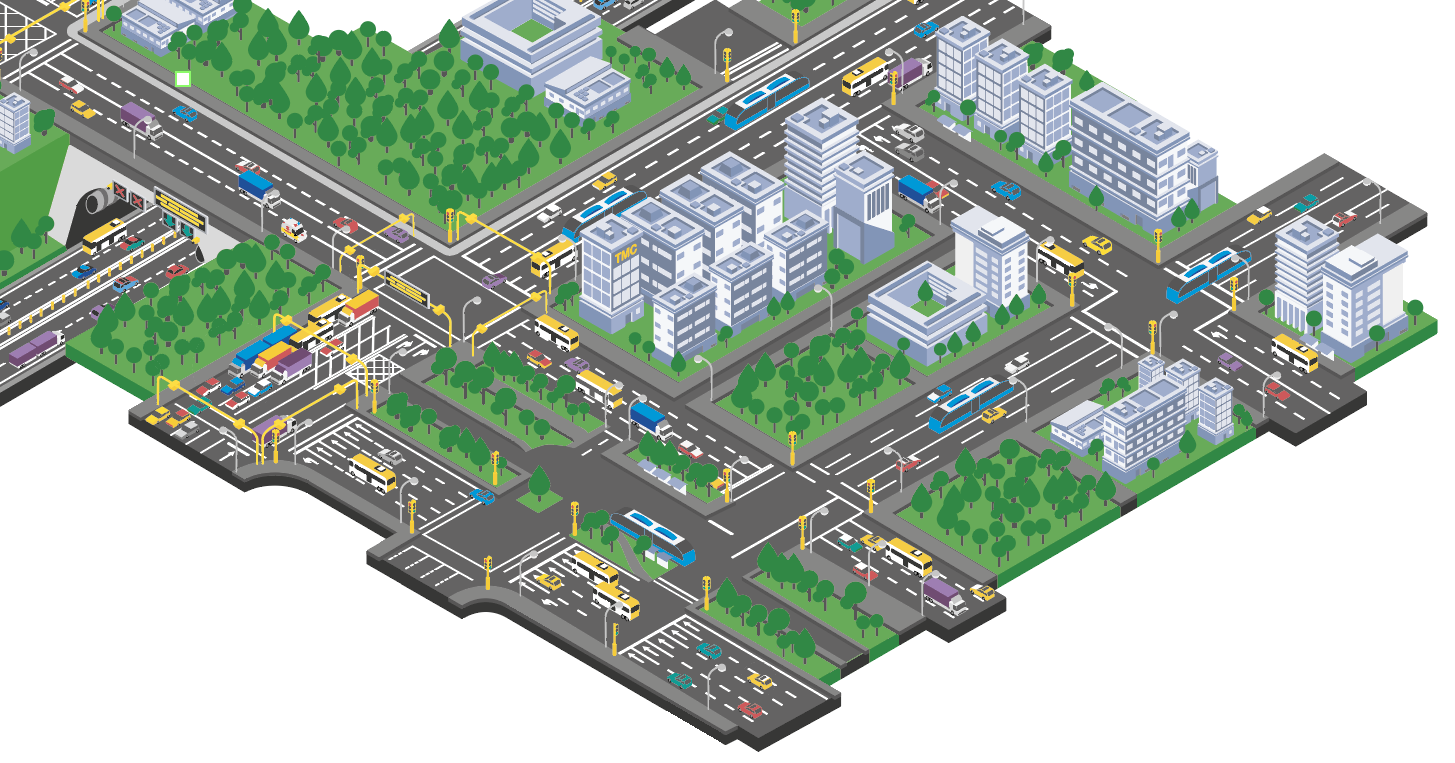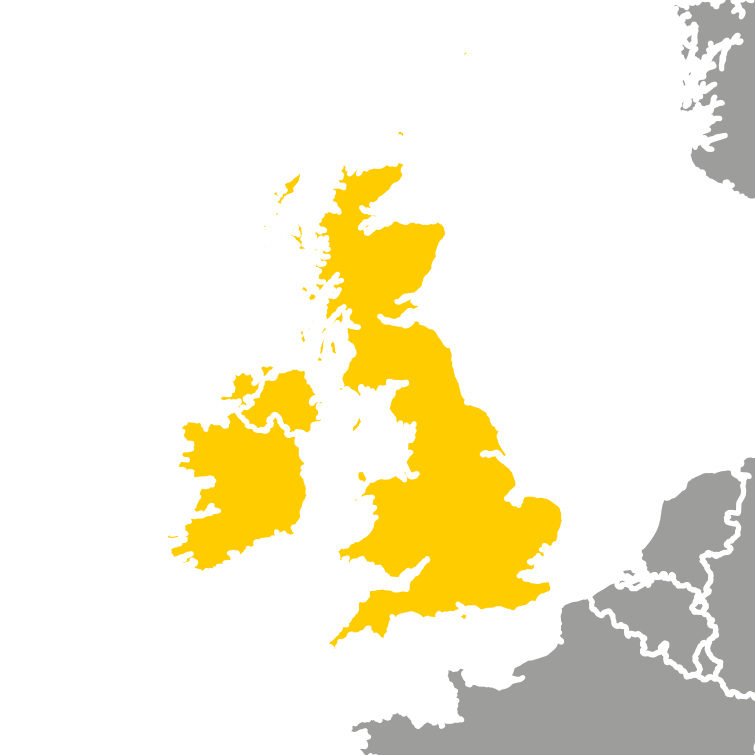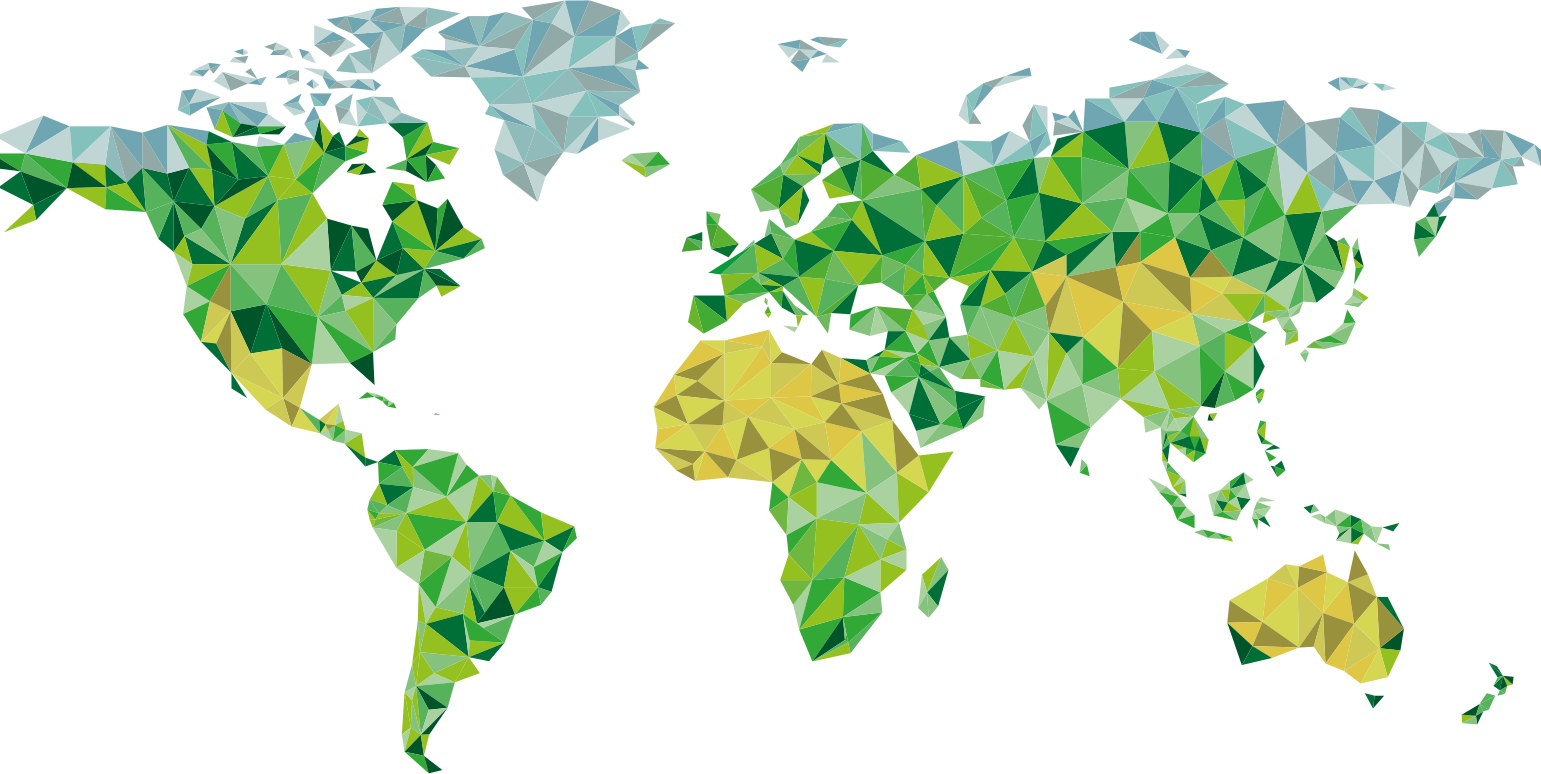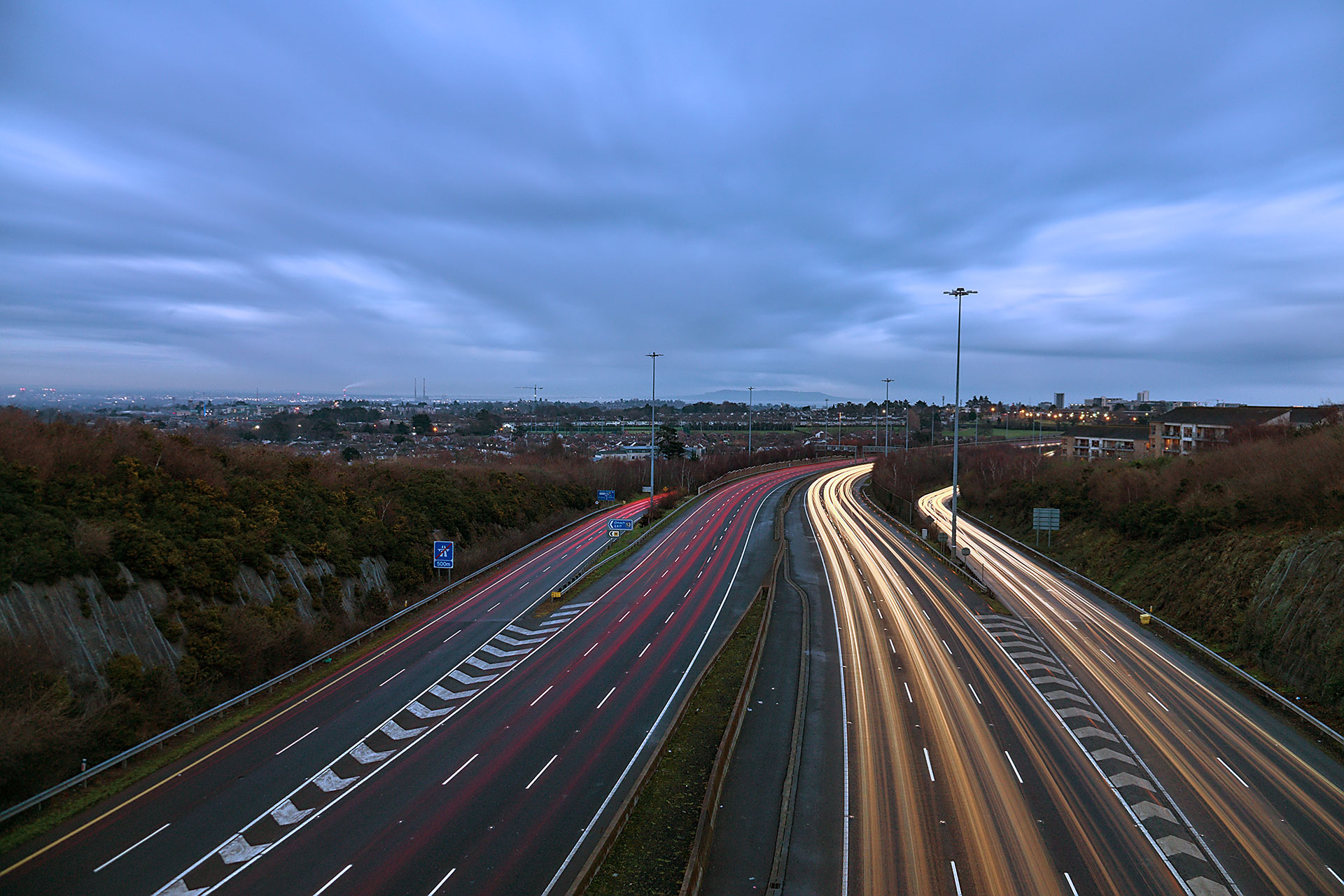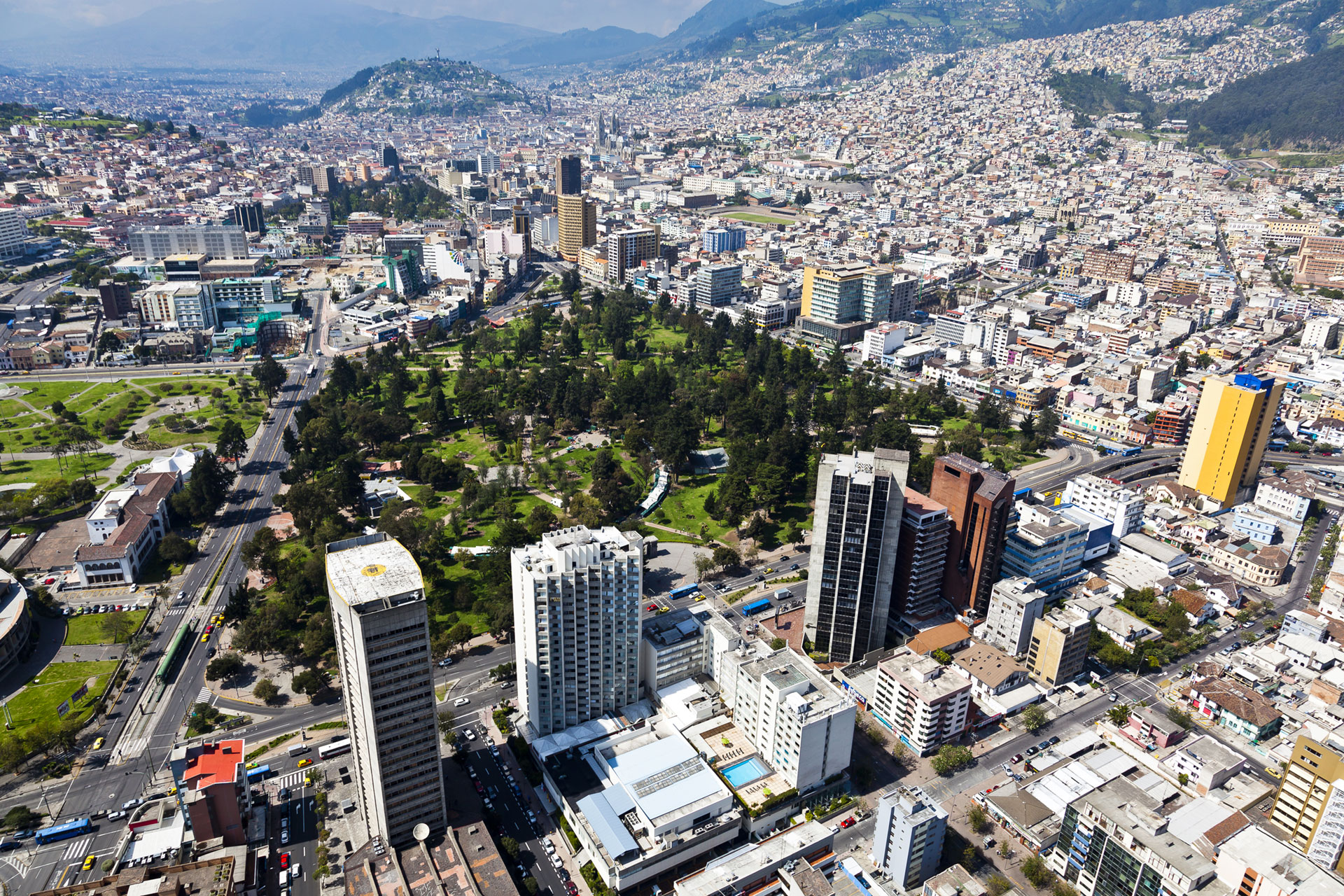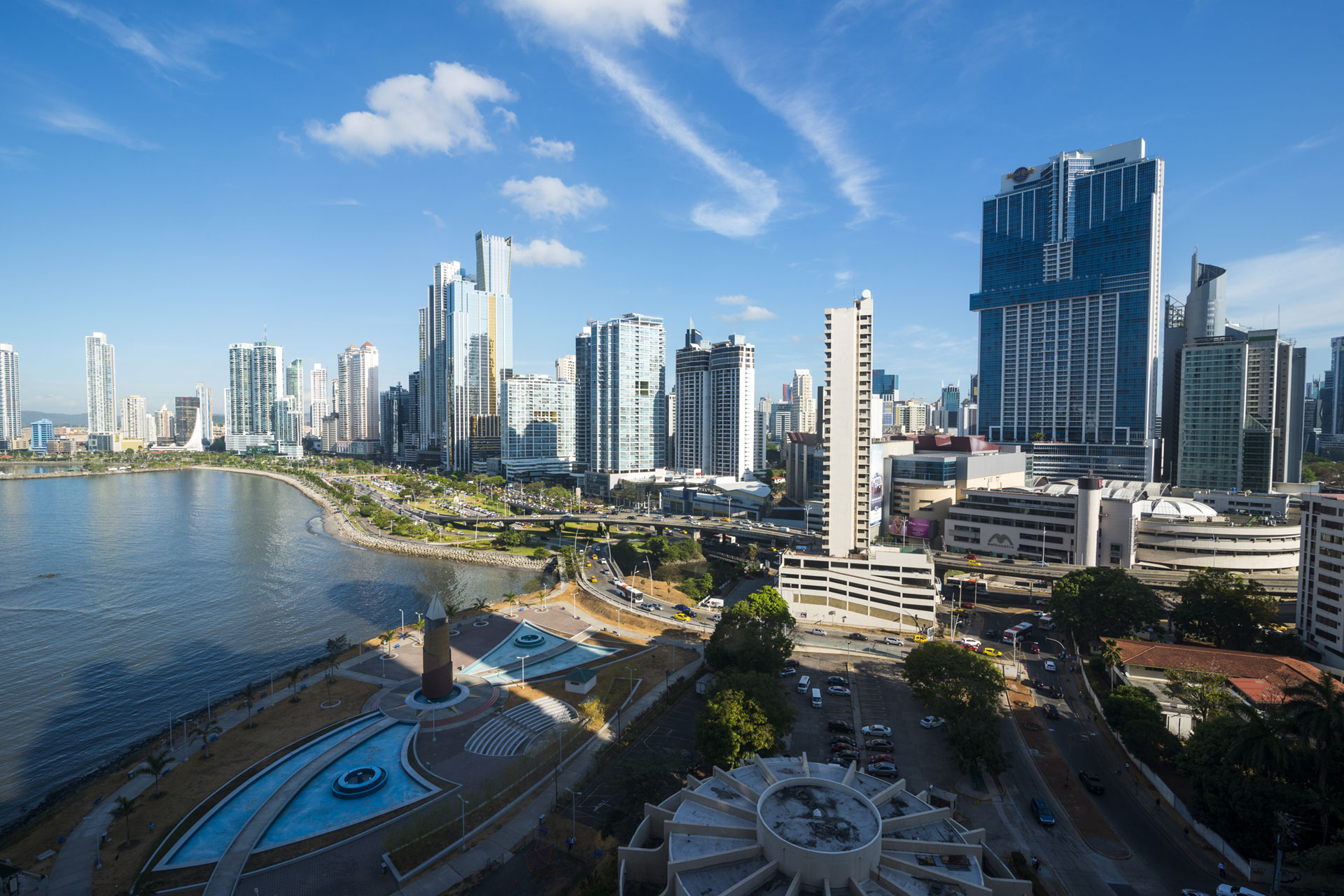Driving positive outcomes for cities with digital technology
Authorities worldwide face major challenges due to the growing world population, resulting in increased traffic and environmental impact. The UK witnessed average drivers spending 115-227 hours stuck in traffic. Urban centers like London, Manchester, and Liverpool expect further growth rates. Public transport use fell by 14%, leading to more reliance on vehicles. The increase in the number of vehicles using existing road infrastructure worsens congestion, putting pressure on UK and Irish cities to find solutions.
Digitalizing transport infrastructure, connecting vehicles and road users, offers a solution to meet mobility demands, encourage sustainable transport, improve safety, and reduce emissions through more advanced traffic management methods, involving vehicle connectivity and AI-based data processing.
Linking all transport infrastructure and road users in cities together inevitably delivers safer, cleaner and more sustainable urban transport
Data-driven mobility management with AI and automation enables cities to tackle congestion, pollution, and safety in real-time. Unlike traditional solutions, proactive data-driven management anticipates traffic situations. It uses networked traffic lights, intelligent navigation, and an umbrella system pulling data from various sources, analyses it in real-time for a clear view of traffic conditions, cross-refers with historical data to predict traffic demand and triggers actions and responses to keep traffic flowing smoothly.
It uses mobile apps and connected vehicle data and thus real-time traffic information can be communicated to road users. Cities can therefore suggest road users alternative, greener forms of transport that may be faster or more cost effective.
This approach encourages a shift in drivers' behavior, reducing overall traffic volumes and preparing for future innovations like autonomous vehicles.
Making cities even safer for all road users – including autonomous vehicles
Since the early days of automobiles, drivers made decisions based on what they saw on the road. With in-vehicle navigation and apps, road users could access information on traffic conditions, tolls, and journey times.
Today, this new level of the real-time traffic management utilizes connected vehicles, sensors, Cloud-based AI, machine learning, and predictive models in in so called orchestrated corridors. The information about traffic situation, e.g. the message about where the congestion is forming, can be communicated to drivers ahead of time, sent to their mobile applications or to a connected vehicles.
This enhances safety and traffic mobility for all road users, including vehicles, public transport, cyclists, and pedestrians.
